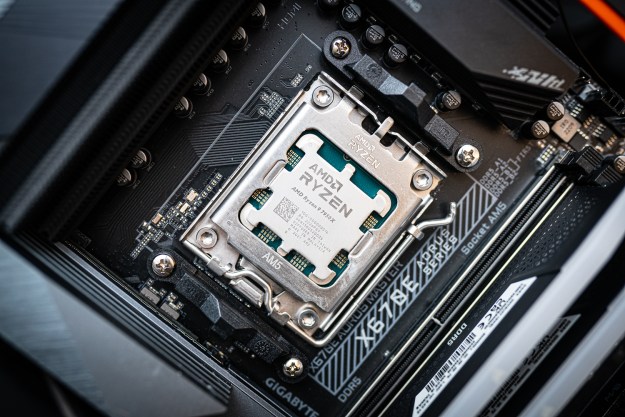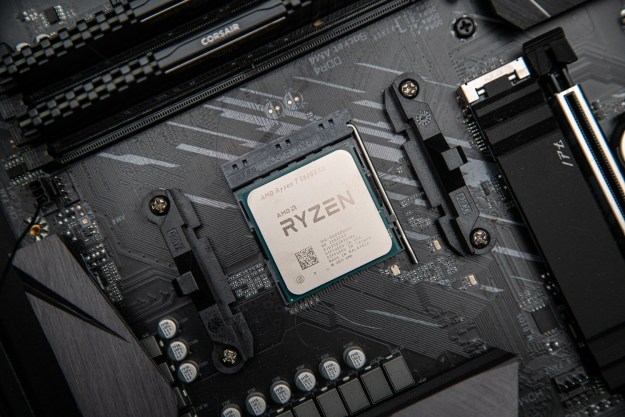So why would anyone take the lid off their processor? The practice seemingly started with Intel’s third-generation Ivy Bridge desktop CPUs, as Intel used a cheap thermal interface material (TIM) for transferring the heat from the Integrated Heat Spreader (IHS) to the cooling fan mounted above. The IHS wasn’t soldered to the processor die but positioned using thermal paste and the TIM was simply glued on.
To boost performance, users delidded the processors and either removed the glue so the IHS could sit closer to the processor die, removed the IHS completely, or inserted a high-performance TIM. But the process requires one of two physical means of popping the processor hood — a vice and hammer or using a razor blade. That said, delidding ultimately maximizes cooling and boosts the chip’s speeds.
However, previous reports indicated AMD’s Ryzen processors should not be delidded. The IHS is not only soldered down, but it includes sensors for better temperature management. But that didn’t stop pro-overclocker Der8auer from experimenting with AMD’s Ryzen 7 chips to see if delidding would increase performance due to possible cooler temperatures.
That said, he destroyed two processors before successfully delidding a third. The big roadblock is that there are a lot of components surrounding the CPU die on the printed circuit board including resistors and capacitors. So the first step was to grab a razor blade and carefully go around the IHS to remove the glue. After that, he put the CPU on a heat block to heat up and remove the IHS.
Part two of his video coverage is where he revealed his delidding opinion. He first scratched off a layer of Indium using a razorblade, applied a liquid metal compound directly on the processor die, and then mounted Raijintek’s huge Ereboss cooler onto the CPU for direct metal-to-metal contact. With everything cleaned and mounted, he tested the temperatures.
The conditions of his testing consisted of the chip clocked at 3.9GHz, cores running on 1.3 volts, and a room temperature of 71.78 degrees Fahrenheit:
| Maximum | Average | |
| Lidded: | 177.98 degrees | 169.88 degrees |
| Delidded: | 176.18 degrees | 163.22 degrees |
As the numbers show, delidding the processor isn’t worth the financial risk of ruining an expensive chip. However, he added that with the lid on, he managed to overclock the chip to 4,000MHz, but not 4,025MHz or 4,050MHz. Yet with the chip delidded, he did manage to achieve 4,025MHz, but he admitted that could have been luck. As it stands now, one degree maximum and three degrees average isn’t enough to justify voiding the warranty and possibly damaging the product
Editors' Recommendations
- Gigabyte just confirmed AMD’s Ryzen 9000 CPUs
- AMD’s FSR 3 compromise just isn’t working
- AMD isn’t competing with Intel anymore — Threadripper just wins
- Between AMD’s Ryzen 7 7800X3D and Ryzen 9 7950X3D, there’s no contest
- CES 2023: AMD Ryzen 7000 laptops CPUs go up to 16 cores



